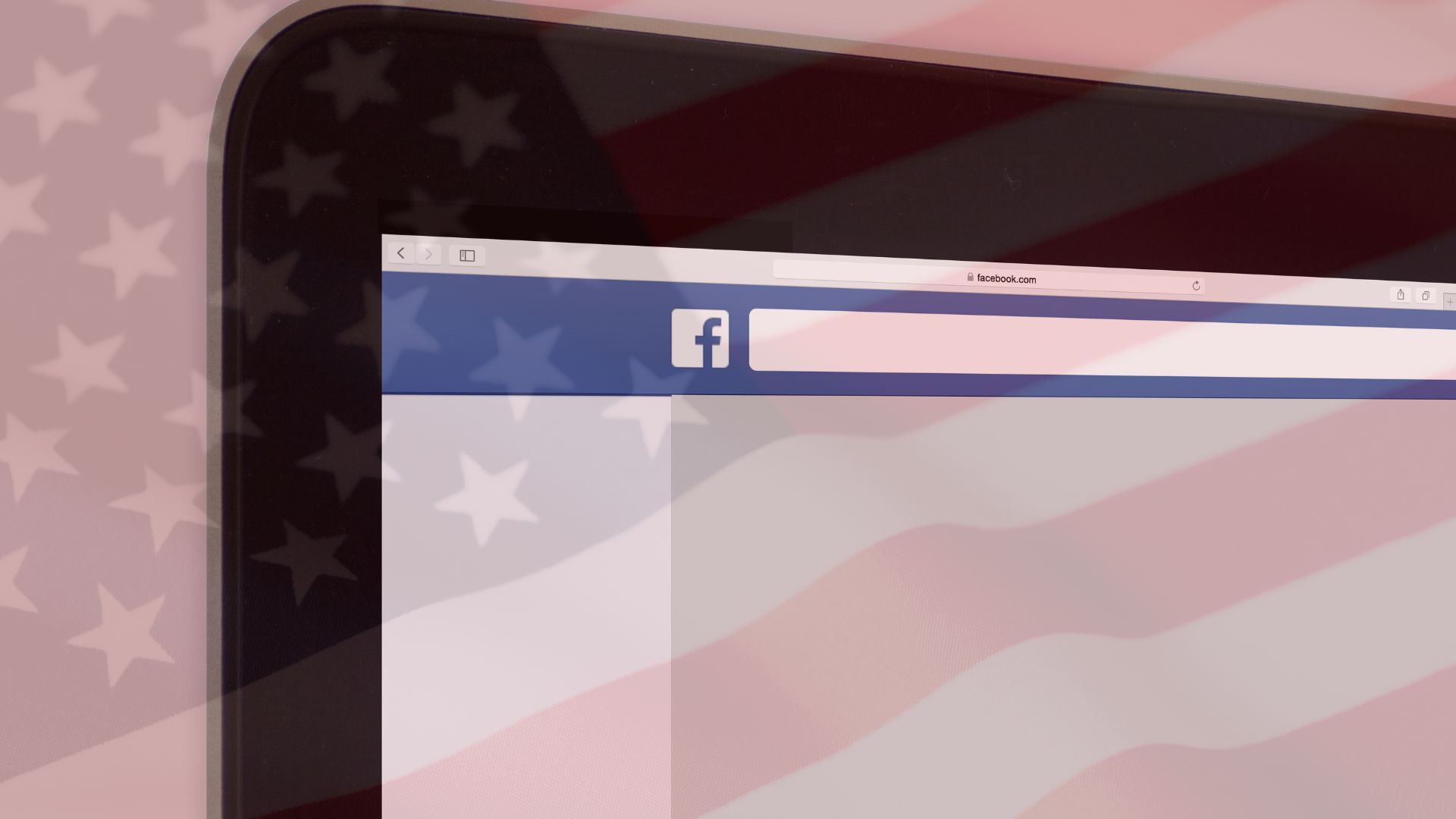May an online shop send newsletters automatically after the mere creation of an account? “No,” ruled the Regional Court (LG) Berlin II in a clear judgment. Automatically sending advertising emails without the user’s explicit consent is unlawful and violates competition law (LG Berlin II, judgment of January 28, 2025 – Ref. 102 O 61/24).
The Case: Account Creation Led to Unwanted Newsletter
A consumer registered for an online shop account. To confirm the email address, he clicked a link in an automatic email. At the end of that message, there was a note stating his address would be used for advertising, with the option to object. He made no purchase and did not give separate consent to receive the newsletter. Nevertheless, he received promotional emails.
LG Berlin II’s Decision: A Clear Rejection of Coupled Consent
The court found for the claimant and held the newsletter sending to be unlawful. The reasoning is a wake‑up call for many online merchants:
No valid consent (opt‑in):
Linking account creation to consent for newsletter reception is impermissible. Valid consent requires a separate, deliberate, active act by the user, which was missing here. The court found the consent was “pre‑set,” and mere sign‑up did not constitute a clear declaration of will to receive advertising. This is passive behaviour akin to silence, and not a valid consent.
Customer exception (§ 7(3) UWG) does not apply:
The exception for advertising to existing customers was inapplicable. That rule allows, under strict conditions, advertising for similar products—but only when the email address was obtained “in connection with the sale of a product or service.” Since the user bought nothing, there was no sale—and thus no basis to treat him as an existing customer.
What Does This Mean for Your Online Shop?
Separate account registration and newsletter consent: Consent to receive newsletters must not be tied to creating a customer account or other actions. It must be an independent, active step—typically a separate, unticked checkbox.
No advertising without a purchase: Merely opening an account does not make a user an existing customer under § 7(3) UWG. Without an actual purchase, you cannot send marketing emails on that basis.
Transparency in the confirmation email: Do not hide notices about advertising use in the fine print of an address‑confirmation email. The main purpose of the message must be clear and must not be coupled with covert consent.
FAQ: Newsletter Marketing & Law — What You Need to Know
What’s the difference between opt‑in and double opt‑in?
With opt‑in, the user actively checks a box. With double opt‑in, they must also click a link in a confirmation email. Double opt‑in is the most reliable method to prove consent.
When may I advertise to existing customers (§ 7(3) UWG)?
Only if four conditions are met: (1) address obtained in connection with a sale, (2) advertising for your own similar products, (3) customer has not objected, and (4) a clear right to object with every use.
Is a mere right to object enough?
No. An opt‑out does not replace the need for prior, active opt‑in consent—unless the strict existing‑customer conditions are fulfilled.
What are the consequences of unlawful email advertising?
Warnings from competitors or consumer associations, with costs and injunctive claims.
Conclusion: Online Retailers Must Review Their Sign‑Up Flows
LG Berlin II again underscores the strict requirements for email marketing. The days of silently bundling newsletter sign‑up with account creation are over. Companies must urgently review their processes and ensure they obtain separate, active user consent to avoid costly legal disputes.





